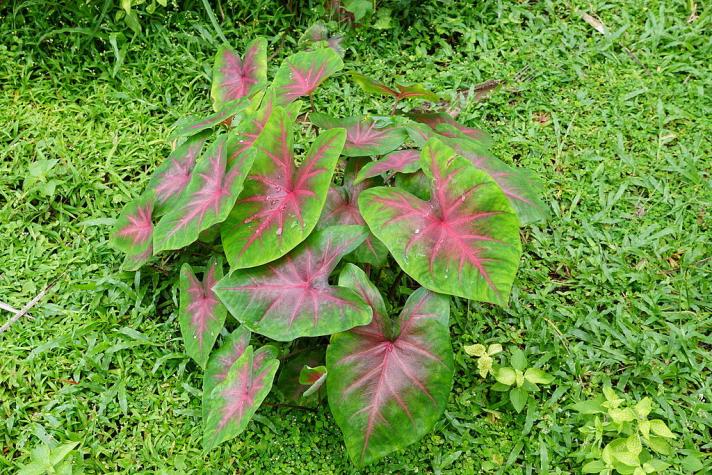Shady characters that brighten the garden.
COLUMBIA, Mo. – It is time to plant some bulbs indoors for later enjoyment outdoors, says University of Missouri Extension horticulturist David Trinklein.
When started indoors before the weather warms, these inexpensive, tender bulbs give gardeners a jump-start on spring color. Plant about a month before the last frost date so they have well-established root systems by the time outdoor temperatures rise. Call them “instant gratification” for gardeners, said Trinklein.
Most greenhouses and big-box stores sell ready-to-plant options of these bulbs in the spring. However, home gardeners can start them inexpensively and easily at home.
Plant each in a soilless medium consisting of a blend of peat moss, vermiculite and perlite in a 4-inch pot. Place in a sunny spot indoors and keep the growing medium moist. Plant outside when danger of the last frost has passed. Begin hardening them off about two weeks before transplanting outside. Wait until they are outside to fertilize.
Trinklein recommends trying four heat-loving bulbs: tuberous begonia, caladium, achimenes and calla lily. All but calla lily are shade-loving plants that add welcome color to shady areas.
• Tuberous begonia brings large, elaborate, brightly colored blooms to shade gardens. They come in a variety of colors and forms. They thrive in shady areas but do best with some dappling of filtered sunlight during the course of the day. Trinklein says the new picotee-flowered begonias are stunning additions to garden beds or pots.
• Caladium’s colorful, brilliant-veined foliage has brightened shady spots for generations. Traditional varieties of this tropical plant do well in shade or indirect light. Caladium “bulbs” actually are tubers that have eyes like those of a potato. For best results, gardeners should remove the dominant eye in the center of the bulb with a paring knife or other object. The surrounding eyes emerge more uniformly when the center eye is removed. Some caladiums tolerate some sun, but Trinklein suggests saving these colorful beauties to star in shady areas.
• Achimenes is related to African violet and gloxinia. This easy-care tropical plant sometimes is called the hot water plant because some think that watering it with warm water encourages blooming. Achimenes has brightly colored blooms and fuzzy green leaves. It prefers indirect sunlight. Keep soil evenly moist for best results.
• Calla lily produces stately, vase-shaped blooms called spathes. This hybrid of several South American species requires full sun and well-drained soil that is not allowed to dry out. Calla lily comes in a variety of different colors and is excellent as a cut flower, Trinklein says.
These four species are not winter-hardy but can bring joy for many years when dug and stored over winter. Dig the bulbs after the first light frost and allow them to cure for several days. Remove excess soil and place them in a plastic bag with some moistened peat moss or similar material. Store in a cool location that does not experience freezing temperatures.

